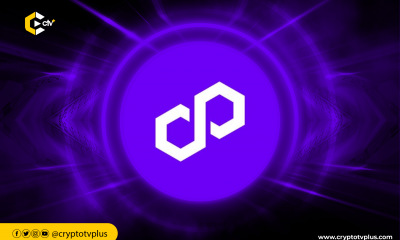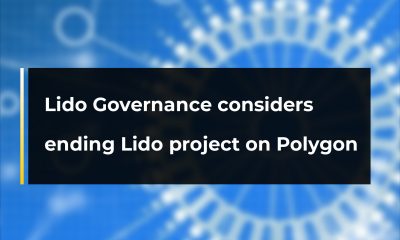News
Polygon 2.0: the Value Layer of the Internet set to launch

Polygon has announced the completion of its latest upgrade, the Polygon 2.0 protocol. The new system was designed to be the base layer for the next generation of the internet. It will enable scalability and unified liquidity within the blockchain ethos.
Polygon (formerly known as Matic Network) is a layer 2 scaling solution for Ethereum. It is designed to improve the speed and reduce the cost of transactions on the Ethereum blockchain. Polygon does this by using a variety of scaling techniques, including sidechains, sharding, and optimistic rollups.
The problem with Web3
According to Polygon, for a long time, Web3 has confronted an unsolvable challenge related to scaling. While additional chains can be constantly introduced to accommodate the increasing demand for blockspace, resulting in fragmented liquidity and a subpar user experience.
In the same way the Internet offers a flexible and unified platform for accessing information, Polygon 2.0 serves as an elastically scalable and unified ecosystem for accessing value. Polygon added that this principle serves as a foundation for the design of the updated protocol.
The road and components of Polygon 2.0
Details shared by Polygon reveal that the first stage of the development and expansion of the Polygon ecosystem was built on the implementation of various innovative ideas by developers to explore the possibilities of the Polygon network.
However, after these test runs, which have lasted for years, the entire ecosystem decided to consolidate their results, lessons, successes, and failures to create a unified system that will make Polygon better. The amalgamation of these ideas has resulted in Polygon 2.0.
Polygon 2.0 is designed to have four protocol layers – Staking Layer, Interop Layer, Execution Layer, and Proving Layer. The Staking Layer is a PoS (Proof-of-Stake)-based protocol that enables decentralization across all Polygon-based chains. The Interop Layerenables cross-chain communication within the Polygon ecosystem.
While the Execution Layer “enables any Polygon chain to produce sequenced batches of transactions, aka blocks”, the Proving Layer is a zero-knowledge designed protocol that produces proofs of all transactions in the Polygon ecosystem.
Read also;

























3 Comments